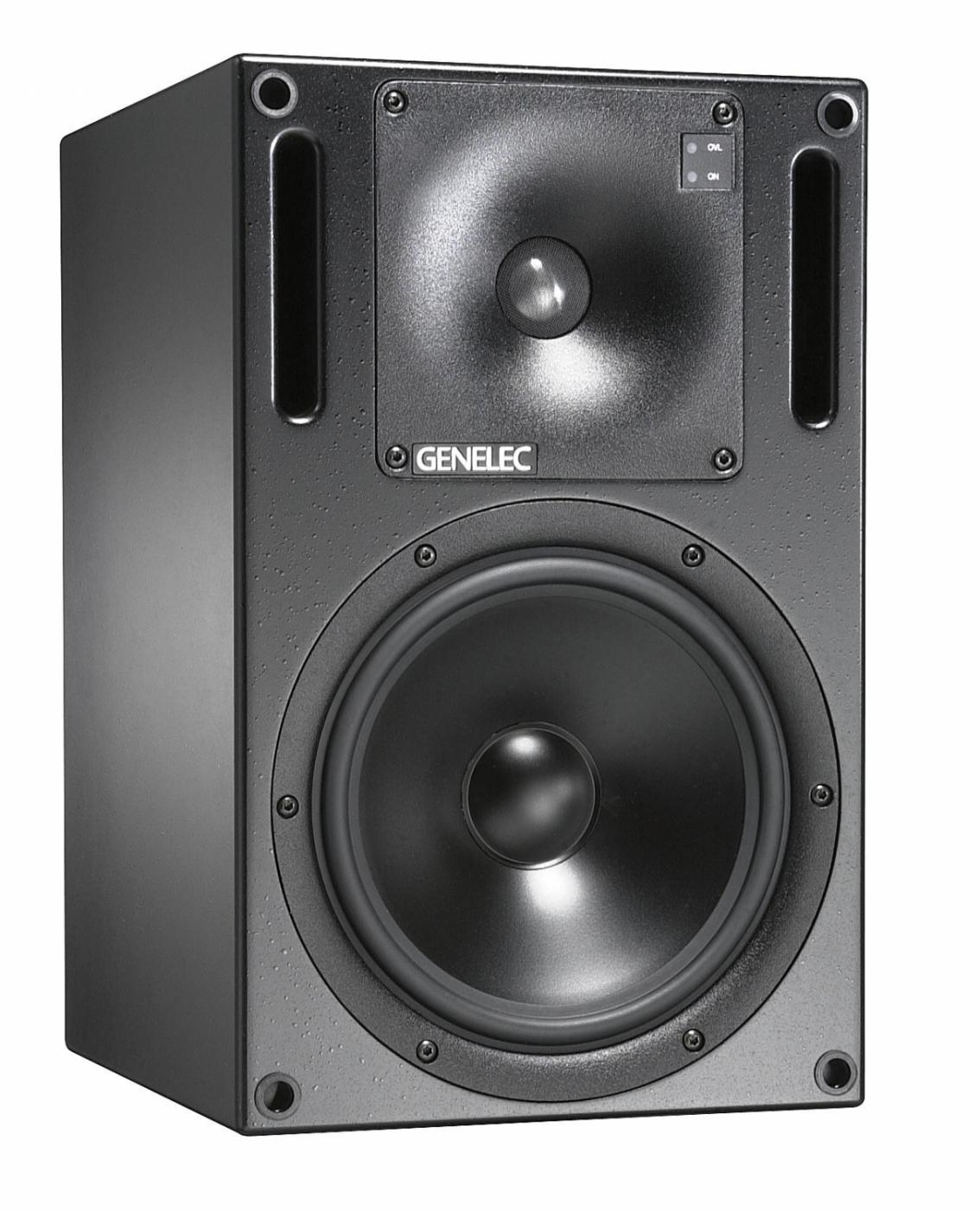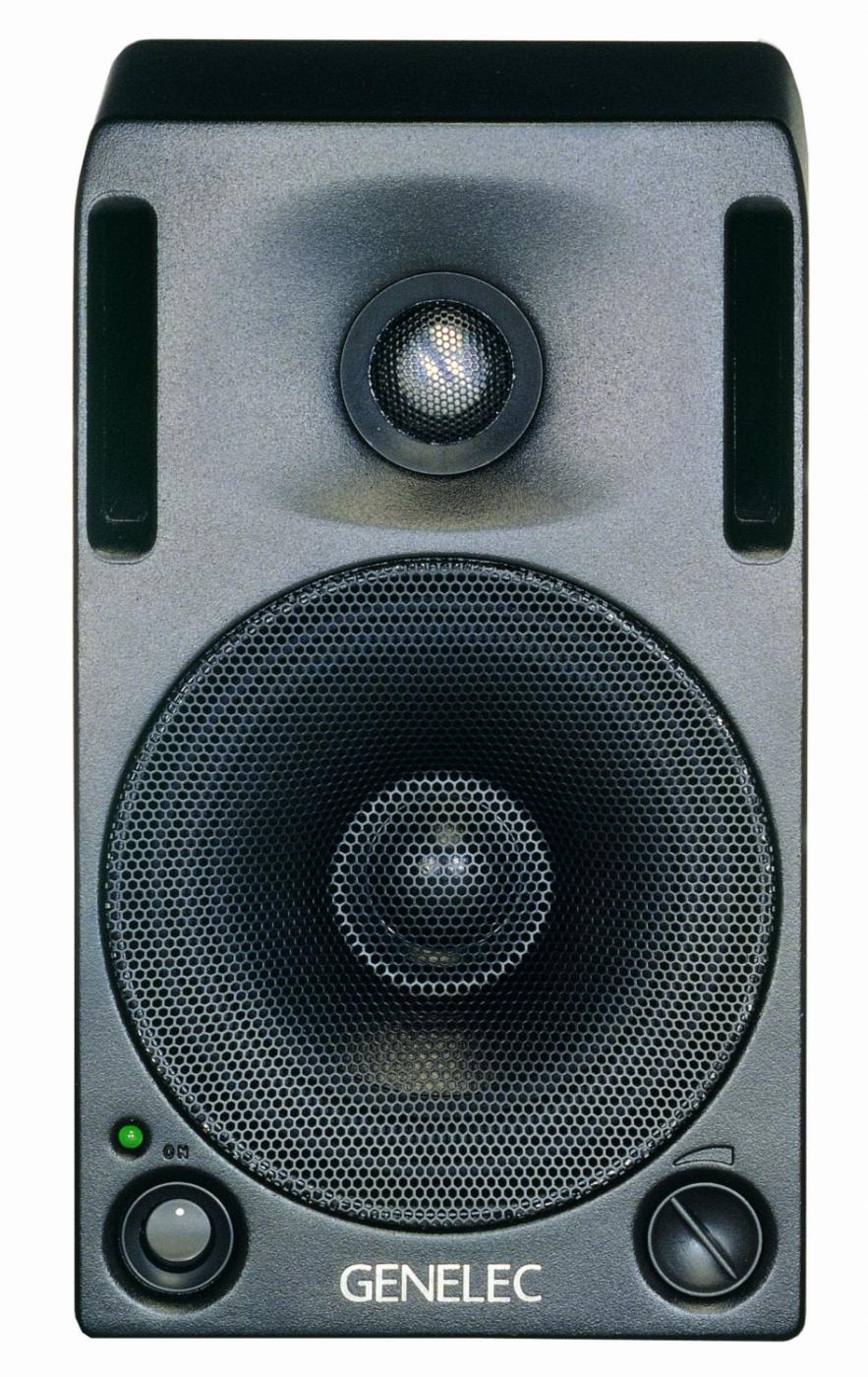Surviving the Project Studio revolution
The studio is located on a former farm in the Danish countryside, which means that real estate is not an issue – there is plenty of space! The location definitely has its own unique and very relaxing vibe, producing the ideal creative environment for nailing those all-important albums.

While it may sound old-school given the current trend of releasing single tracks on streaming services, but one of Lundgaard Studios’ trademarks has been as a place for signed bands to go for weeks or even months at a time to record an entire album, with the spacious setting accommodating up to 26 people.
Some Things Change, Others Don’t.
Naturally, a studio needs to grow and develop in order to keep up with technological changes. Lundgaard Studios jumped right in when the digital revolution started to happen, and a variety of digital systems were tried before the industry more or less decided to settle on Pro Tools as the standard.
However, when it comes to monitoring the situation for Lundgaard Studios has been quite different - completely the opposite, in fact.

Right from the start, every single studio at Lundgaard was equipped with Genelec monitors, and today the two main studios have 1036A and 1038A soffit-mounted main monitoring systems – with 1031A and 1029A models handling nearfield duties. Classic monitoring solutions for a classic studio…
Internationally Localised
The majority of the artists that have recorded at Lundgaard Studios are Danish, but it has also hosted quite a few international stars over the years including Leo Sayer, Albert Hammond, Marc Bernstein, Runrig, Andy Wallis and Charlie McCoy.
However, it has usually been Danish artists who have occupied the studios for extended periods. In some cases, the studio has been booked for several months, including accommodation, in order to be able to get into - and stay within - a ‘concealed’ creative space. But while the band Volbeat booked the studio for six weeks last year for guitar overdubs, these lengthy bookings have become rarer.
So the fundamental premise for running a large studio has gradually changed in recent years, and this obviously means that the big studios have to adapt their business approach as well…
Coping with the Homebound Disruption
No doubt, the music industry as a whole has been forced to rethink how music is now being created and distributed. For the bigger studios, the rapidly increasing number of home-based studios have lured away quite a few clients, and as these home studios become more advanced and professionalised, this has become a genuinely ‘disruptive’ factor.

According to Knud Erik Smidt, one of the solutions to this problem was to start renting out mixing rooms to artists who had done all of the programming and tracking in their own studios, but wanted to mix in an environment with a genuine SSL console, tons of high-end analogue outboard gear – and a first-grade main monitoring system.

Smidt makes the point that while you’ll find many Genelec nearfield monitors in home studios, to create your final mixes on massive 1036 or 1038 main monitors, you simply need to go to a larger studio such as Lundgaard.

For us at Genelec, the incredible explosion in home studio recording and the steady shrinking of room sizes has led us to create a growing range of compact nearfield monitoring solutions. But it’s still satisfying to know that many of today’s top artists still choose to polish their final mixes in larger studios - with analogue classics in the rack and soffit-mounted monitors in the walls.




